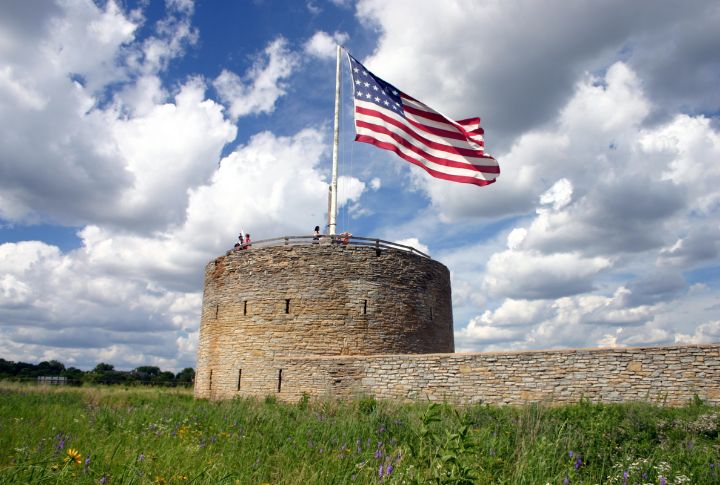
Imagine standing where history was made, surrounded by the echoes of past battles. Across the United States, numerous military forts offer a glimpse into the past, each with its own unique story to tell. So, let’s take a journey through time to explore ten remarkable U.S. military forts that have influenced the course of American history.
Fort Sumter National Monument
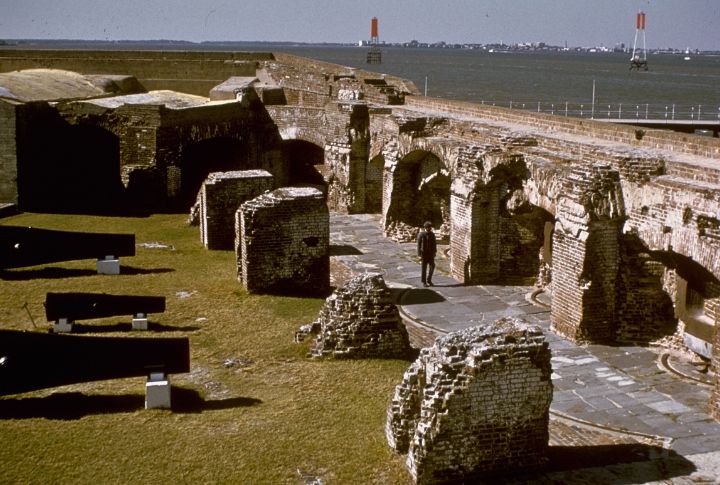
April 12, 1861, marked a turning point when Confederate artillery opened fire on Union-held Fort Sumter, igniting the Civil War. Situated on an artificial island in Charleston Harbor, the fort’s ruins bear witness to this pivotal moment in American history. Visiting offers a tangible connection to the nation’s past.
Fort Ticonderoga
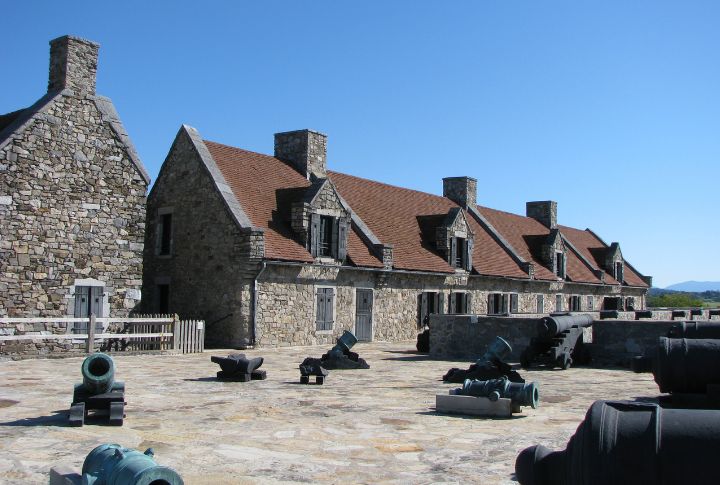
Fort Ticonderoga reflects the legacy of early American military engineering and colonial rivalry. Built by the French in 1755, it changed hands several times during key conflicts. Its location between Lake Champlain and Lake George made it a critical stronghold, highlighting its lasting importance in North American history.
Fort Davis National Historic Site
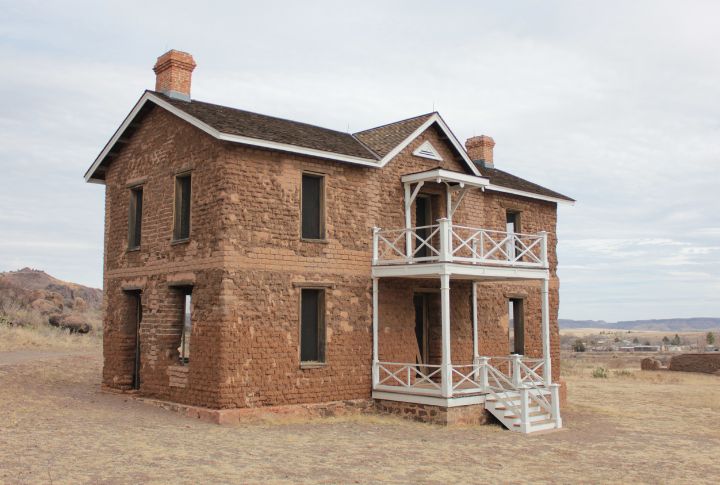
Established in 1854, Fort Davis protected travelers on the San Antonio-El Paso Road. It served as a key post during the Indian Wars and housed units like the Buffalo Soldiers. The fort’s preserved structures offer insights into 19th-century military life on the frontier.
Fort McHenry National Monument And Historic Shrine
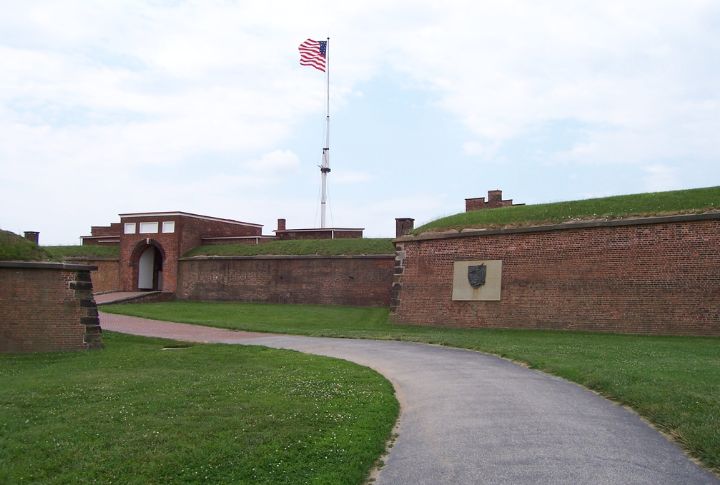
During the War of 1812, Fort McHenry’s defenders withstood a 25-hour British bombardment. The sight of the American flag still flying motivated Francis Scott Key to write “The Star-Spangled Banner.” Exploring the fort allows you to stand where resilience became a national symbol.
Fort Pulaski National Monument
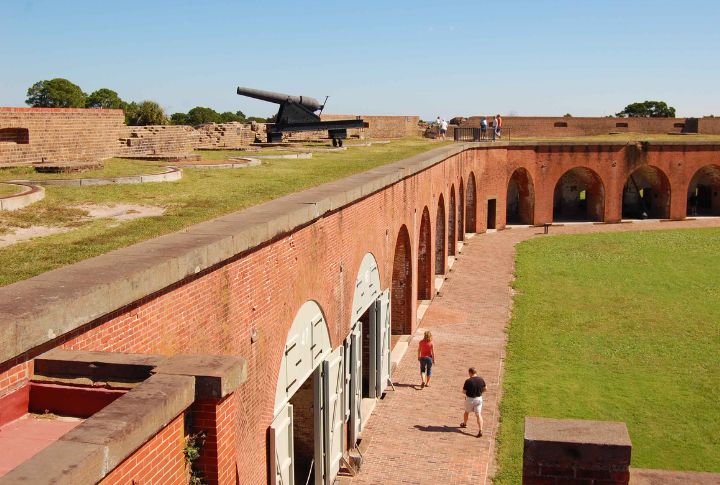
Fort Pulaski stands as a pivotal site where military technology underwent a major shift. Completed in 1847, its 11-foot-thick brick walls were breached in 1862 by Union rifled cannons, marking the end of the era for masonry forts. The siege resulted in the rapid evolution of both warfare and engineering during the Civil War.
Fort Laramie National Historic Site

Fort Laramie became a military fort in 1849, serving as a key stop for emigrants on the Oregon, California, and Mormon trails. It came into existence in 1834 as a fur trading post. The fort was central to US interactions with Native American tribes, including treaty negotiations.
Fort Monroe National Monument

Known as “Freedom’s Fortress,” Fort Monroe remained under Union control throughout the Civil War. It became a refuge for escaped enslaved people seeking freedom. The fort’s history intertwines military strategy with the quest for liberty.
Historic Fort Snelling
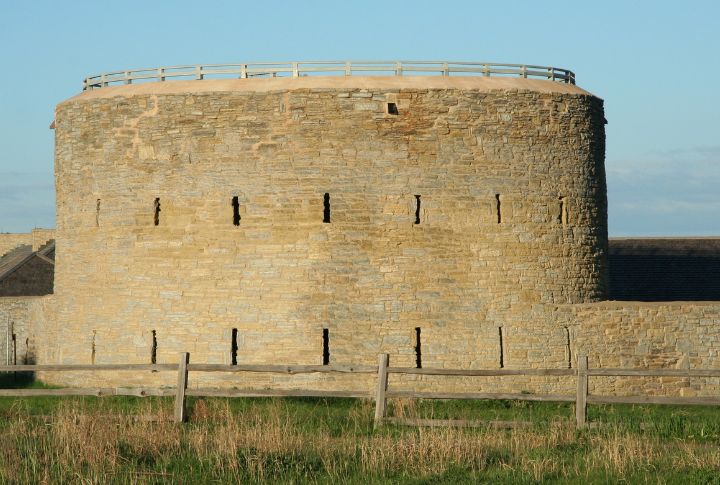
Stand at the confluence of rivers and cultures—Fort Snelling. Built in the 1820s at the meeting point of the Mississippi and Minnesota Rivers, it played roles in trade, military operations, and as a site of enslavement. The fort’s location, known as Bdote to the Dakota people, holds deep cultural significance.
Fort Vancouver National Historic Site
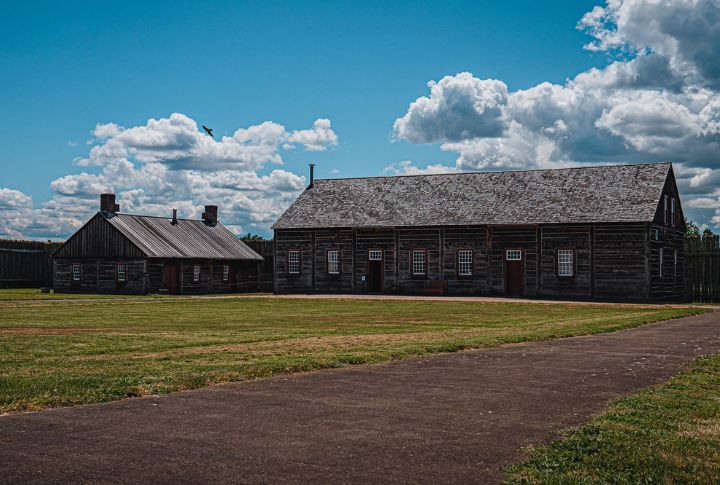
Experience a hub of commerce and culture at Fort Vancouver. In 1825, it was established by the Hudson’s Bay Company. Later, it became a center for the fur trade in the Pacific Northwest. It also served as a US Army post, reflecting the region’s transition from British to American control.
Fort Point National Historic Site
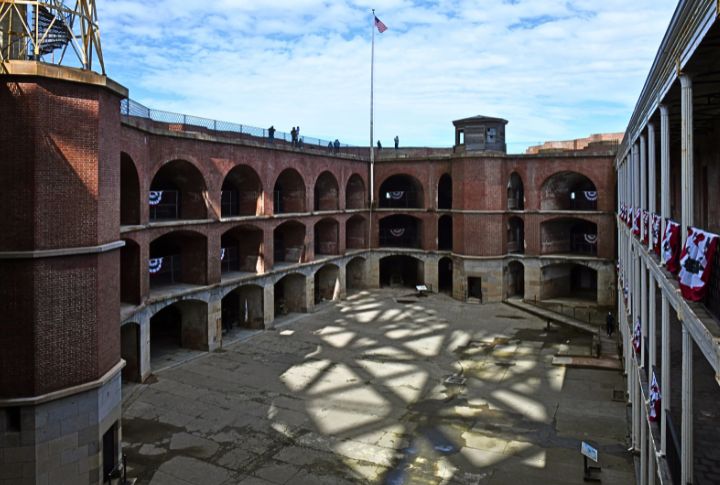
Situated beneath the Golden Gate Bridge, Fort Point was completed in 1861 to protect San Francisco Bay. Its unique architecture and strategic location highlight the coastal defense mechanisms of the era. The juxtaposition of an old fort and a modern bridge is striking.

